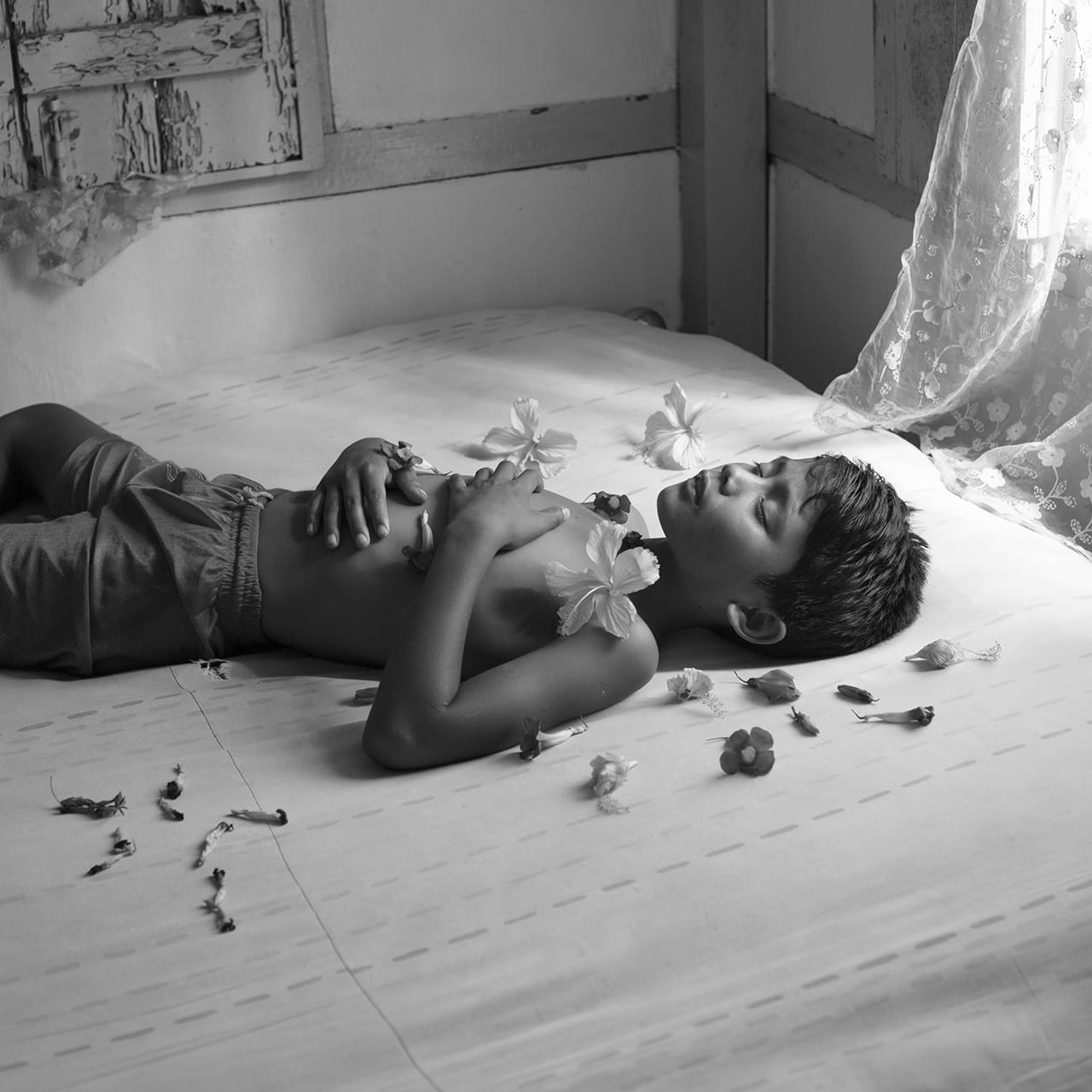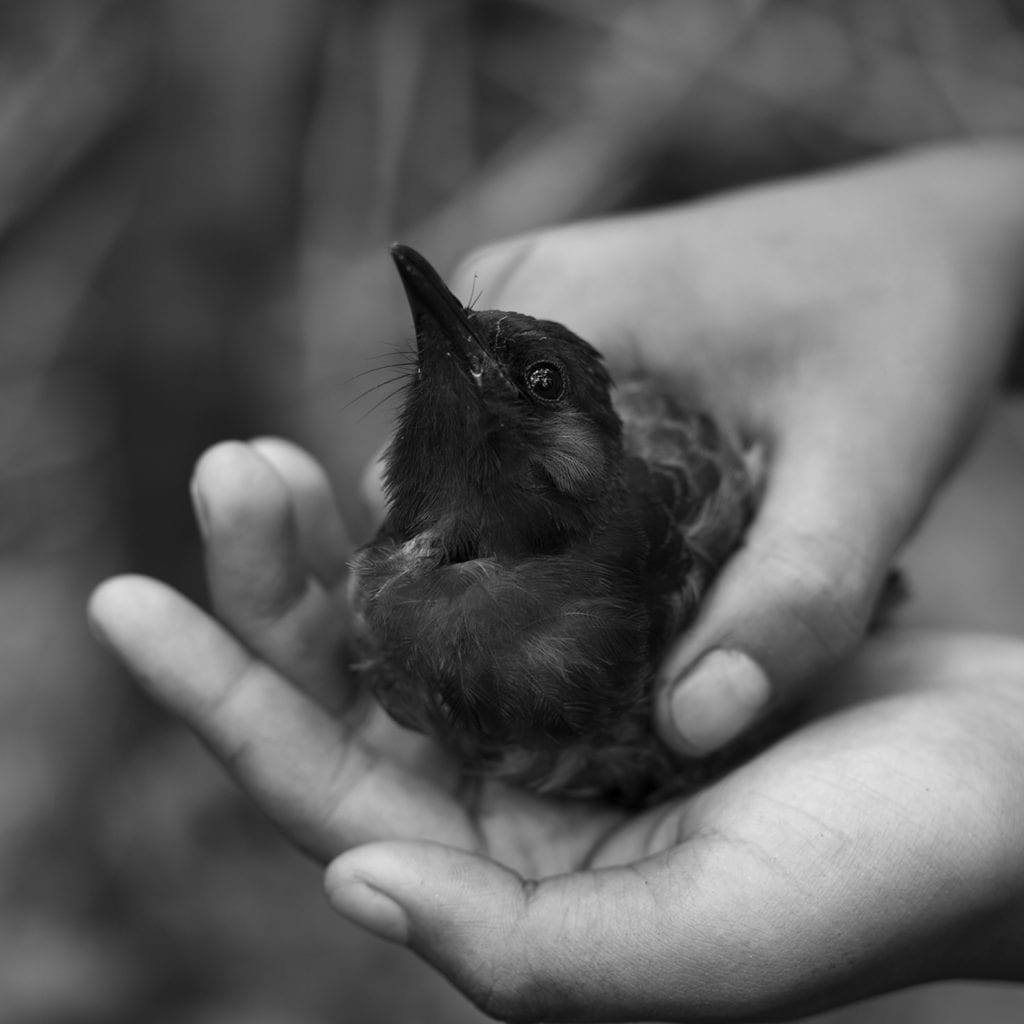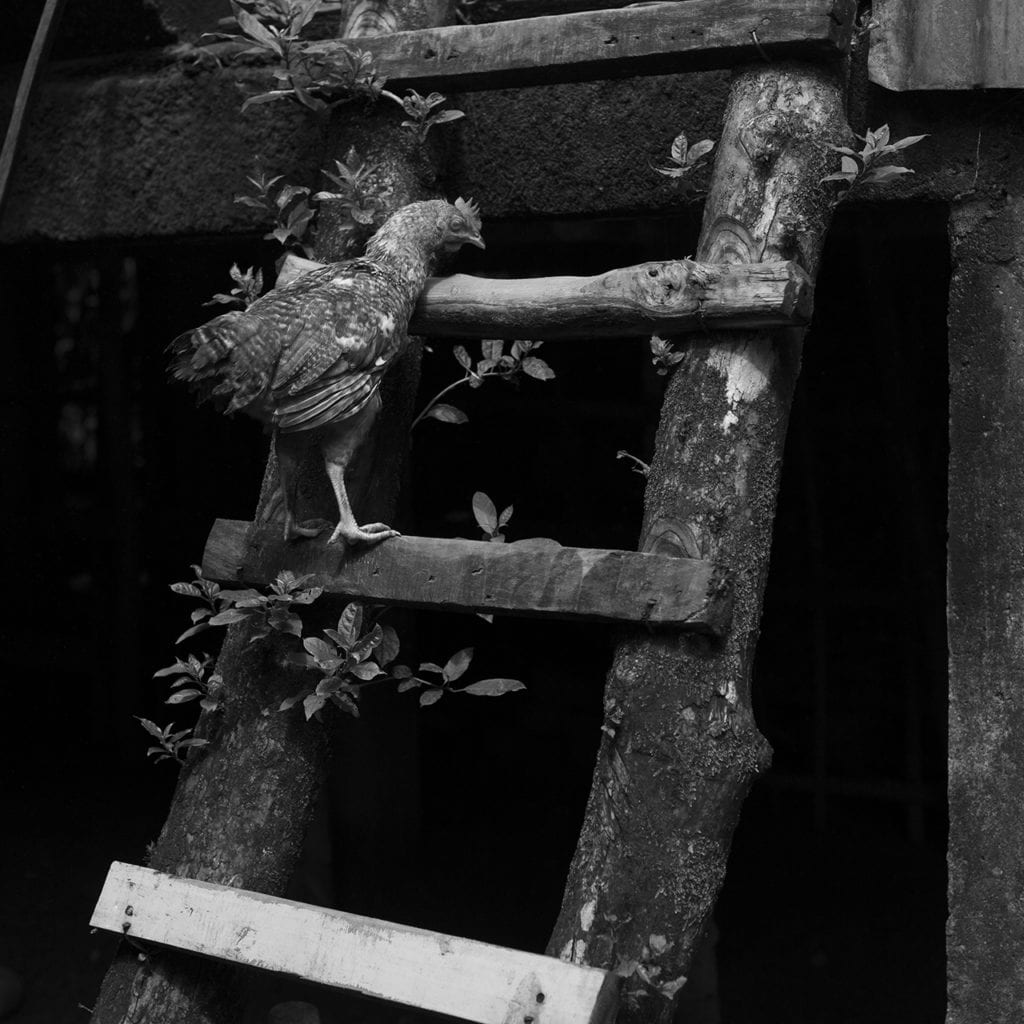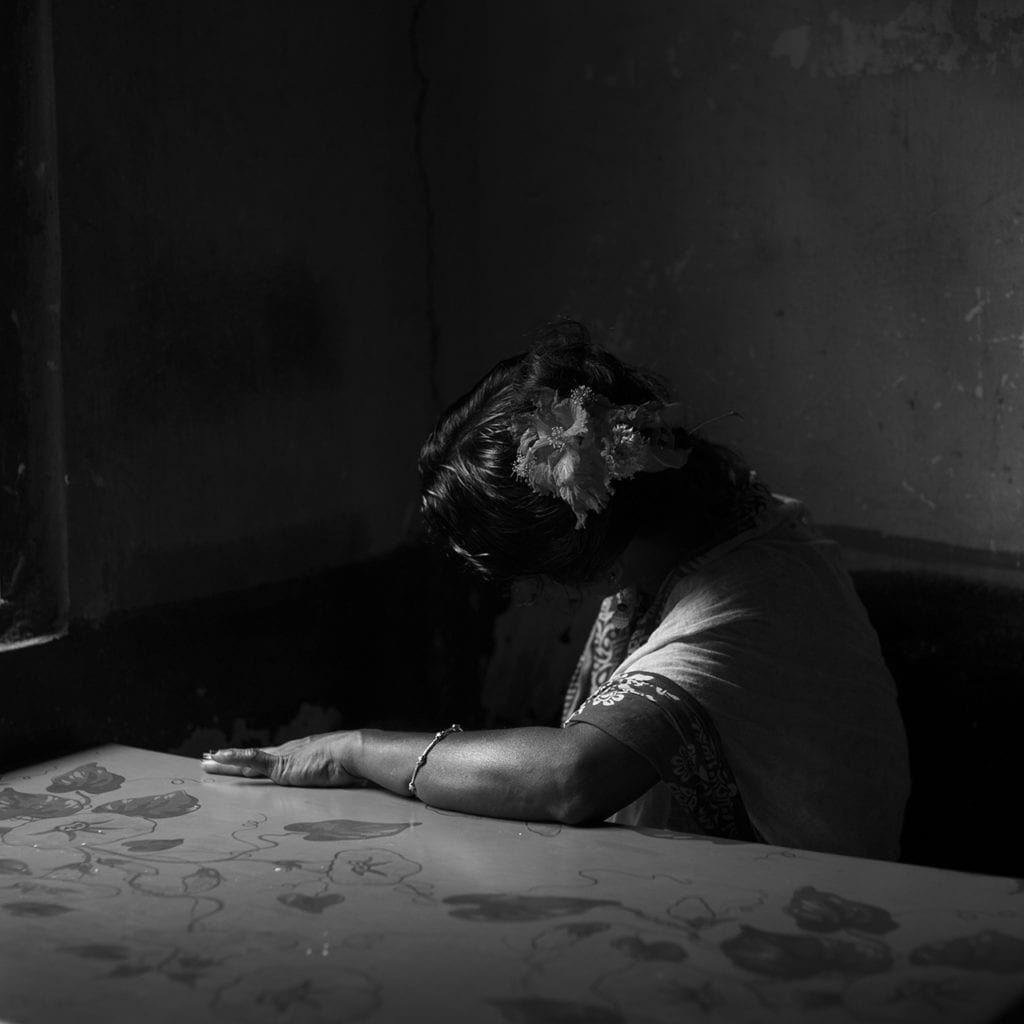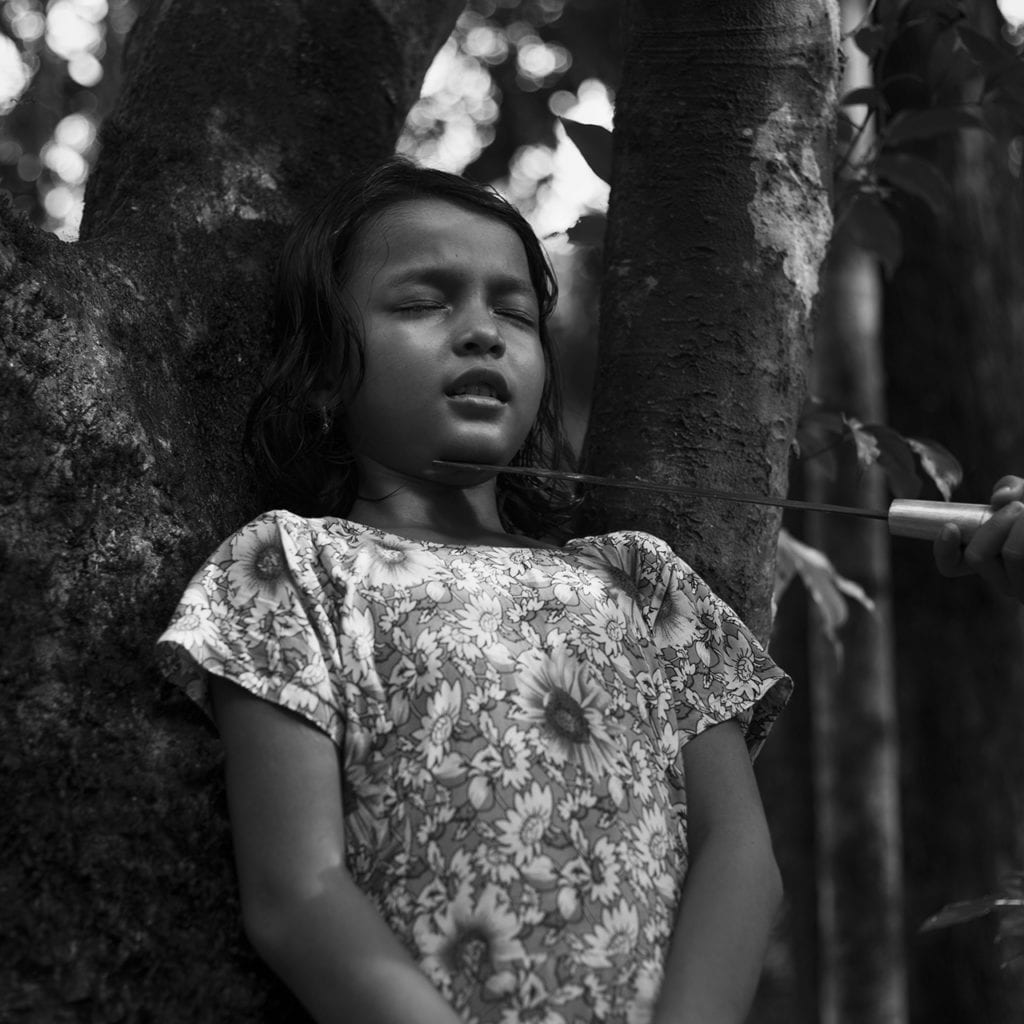With an ongoing fictional story, Aishwarya Arumbakkam documents the deconstruction of a Bangladeshi village
Each year, British Journal of Photography presents its Ones To Watch – a selection of 19 emerging image-makers, chosen from a list of nearly 750 nominations. Collectively, they provide a window into where photography is heading, at least in the eyes of the curators, editors, agents, festival producers and photographers we invited to nominate. Every weekend throughout May, BJP-online is sharing profiles of the 19 photographers, originally published in the magazine. Discover more here.
A visual poem. A modern interpretation of mythologies. A record of human greed and loss. Each of these expressions could be used to describe Aishwarya Arumbakkam’s work, ka Dingiei, which considers the reverberations of mining near the Khasi community of Lama Punji in Bangladesh.
But on their own, they would not do it justice. The mostly staged ethereal black-and-white photographs take us on “a journey across time and space in which mythology and the otherworldly converge with the everyday, in order to understand the power of the social documentary as art and activism,” describes Rahaab Allana, curator of the Alkazi Foundation for the Arts, who nominated Arumbakkam for our Ones To Watch this year.
To broach the issue of resource exploitation and indigenous lives, the Indian artist eschews documentary photography traditions in favour of a more allegorical approach that is simultaneously incorporeal (since it is steeped in time-honoured oral parables) and embodied (since community members interpreted and enacted moments from these stories). This process is, in the words of Arumbakkam, “a response to the place and what is happening there. As Lama Punji loses land, there is visible loss of property and livelihood. But there are also deeper, intangible losses. The loss of culture, mythology, knowledge systems and identity.”
Rather than try to find physical evidence of that erosion, Arumbakkam remarks that the current situation the village faces echoes incidents from its mythological universe, and she imagines the visual version of a story that speaks to man’s relationship with nature. A young boy, Arlangki, is tasked with finding the mythical ka Dingiei, “an ancient creature rumoured to have the power to restore balance”. He is then thrust into “an adventure of discovery, where he learns more about his people, his land and himself”.
This series also speaks volumes about the principles that guide Arumbakkam’s practice, matters of collaboration, reciprocity and accountability. “The stories in ka Dingiei are not my own. In sync with their tradition of oral histories, these are being passed on to me by the community. I’m an inevitable filter through which they pass in the process of making this work,” she says, adding that the community views the project as an archive.
“They feel that Lama Punji, as it is now, will no longer exist in five years. For a village in which almost nothing has significantly changed since the oldest person alive there was born, the rate of change in the last decade is nowhere near normal. The mining is not just destroying their land, but also their sense of time and how it passes. That’s something so fragile and precious.”
While she acknowledges that people from the outside, including herself, cannot fully comprehend it, her task, as she sees it, is to find what can translate the universality of the cautionary tale she is witnessing.

